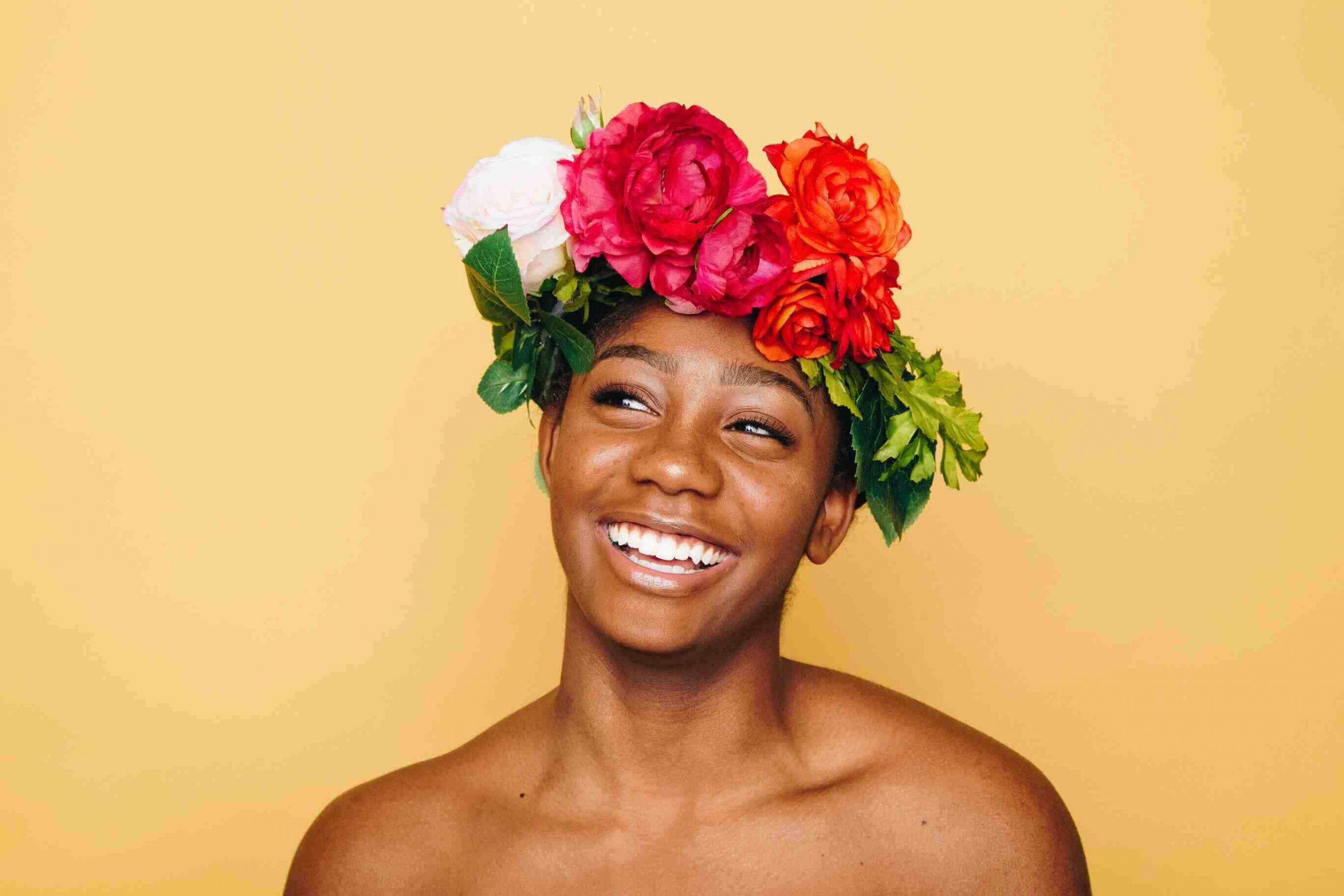A Black women’s hair is beautiful and resilient. It is an extension of her identity and an expression of who she is.
Growing up, most women spent hours in the salon, learning about womanhood. The burning smell from pressing combs was in the air.
The history of Black women’s hair is rich. It goes all the way back to slavery. In the book Hair Story: Untangling the Roots of Black Hair in America, co-authors Ayana Byrd and Lori L. Tharps discuss how hair was an integral part of communication in West African societies in the early fifteenth century. It functioned as a “carrier of messages” particularly for those societies that would later fill slave ships, “including the Wolof, Mende, Mandingo and Yoruba.”
In the book, Byrd and Tharps go on to explain that “within these cultures, hair was an integral part of a complex language system. Ever since African civilizations bloomed, hairstyles have been used to indicate a person’s marital status, age, religion, ethnic identity, wealth and rank within the community. In some cultures, a person’s surname could be ascertained simply by examining the hair because each clan had its own unique hairstyle. The hairstyle also served as an indicator of a person’s geographic origins.”
One of the earliest expressions of Black hair would undoubtedly be cornrows. Hairstyles such as locs and bantu knots have been deeply rooted. As early as 2500 B.C., Hindu scripture depicted the god Shiva wearing twisted locks of hair known as “jataa” while bantu knots, notably worn by individuals of the Zulu tribe, stemmed from the term of identifying subgroups within South Africa.
Madame C.J. Walker, who revolutionized modern day entrepreneurship for Black women, created Black hair products in the early 1900’s and is acknowledged as one of first Black woman millionaires. Annie Malone, though lesser known, was another Black self-made entrepreneur in the early 1900’s who created the hair products centered around Black hair.
Hairstyles at that time, were influenced by European standards of what beauty was. Styles like: sleek tresses, pompadours, and smooth waves were achieved through the pressing combs and relaxers.
In the 1960’s, The Civil Rights movement sparked the return of wearing Black hairstyles in its naturally textured state. Black women such as actress Pam Grier and activist Angela Davis wore iconic afros that helped to shape positive representation of Black hair both in popular culture and as a symbol of liberation and pride.
The journey and liberation of Black hair is far from over. It wasn’t until 2019 that The Crown Act, which stands for “Create a Respectful and Open Word for Natural hair,” was passed in California, which then became the first state to ban natural hair discrimination. Presently,only seven states have enacted this into law.
Black hair will continue to be a symbol of strength, illuminating our identities—however we choose to wear our crown.

